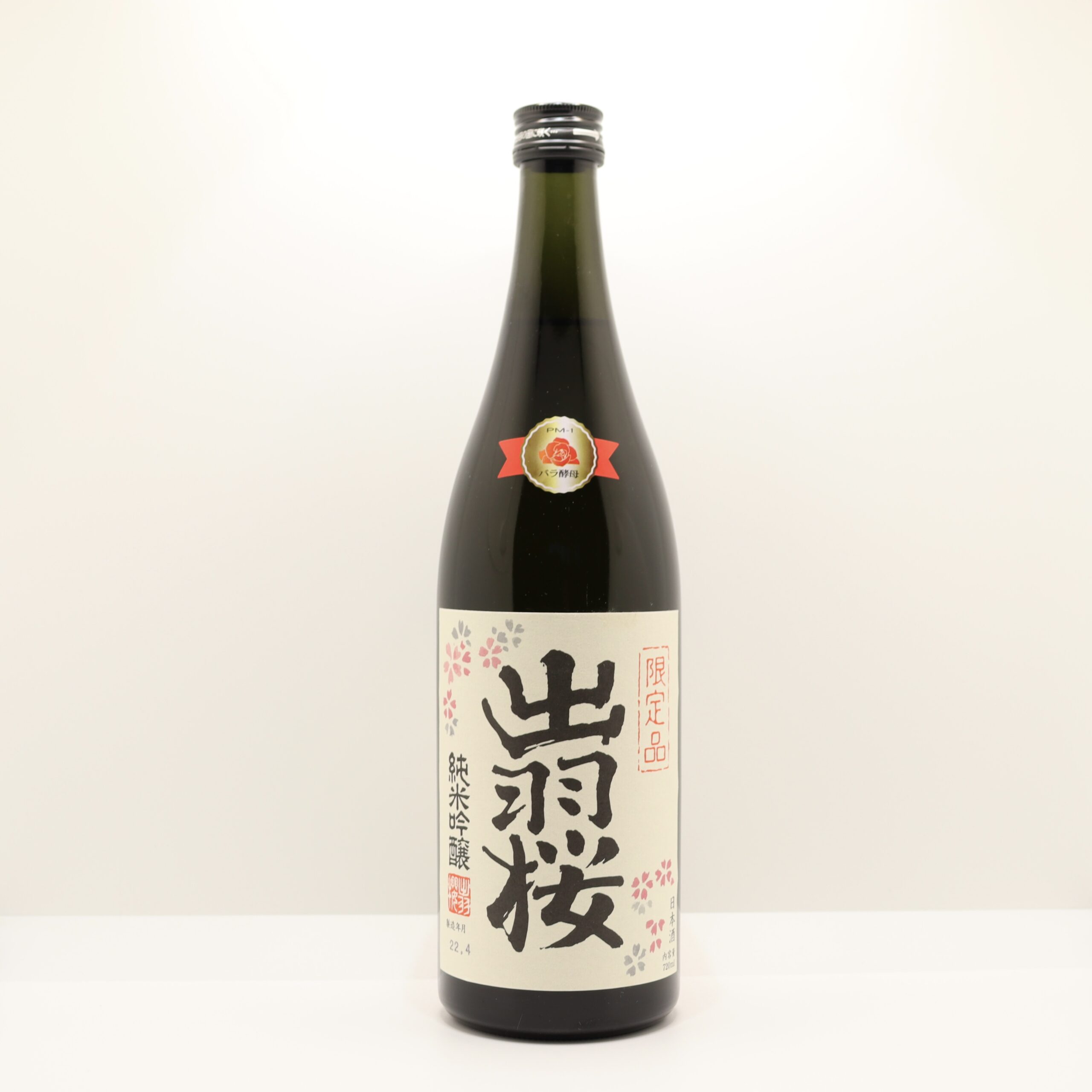
We use the locally grown sake rice ‘Dewa Sansan’ from Yamagata Prefecture. This is a pure rice ginjo sake with a polishing ratio of 50%. It boasts a rich and aromatic profile, offering a noble flavor. Enjoy it chilled as a pre-meal or during-meal sake.
| Sake meter value | -1 |
| Acidity | 1.5 |
| How to drink | cold |
| Producer | Dewazakura Sake Brewing Company, Ltd. |
※Sake meter value・・・Sake Meter Value” (SMV), or “Nihonshu-do” in Japanese, is a scale indicating the sweetness or dryness of sake. Positive values mean drier sake, negative values suggest sweetness, and values near zero indicate a balanced profile. It helps consumers choose sake based on their taste preferences, with dry sake pairing well with savory dishes and sweet sake complementing desserts.
※Acidity・・・The “acidity” of Japanese sake is a measure of its sourness, with higher values indicating more acidity and lower values suggesting a milder taste. Moderate acidity contributes to a refreshing quality that pairs well with food. Typically ranging from 0.7% to 2%, acidity varies based on production methods and ingredients. It is a factor that influences the quality of sake, adjusted by brewers during the brewing process.

https://www.dewazakura.co.jp/
Dewazakura Sake Brewing Company was founded in the 25th year of the Meiji era (1892). Devoted to quality-first sake brewing deeply rooted in the local community, in 1980, they released the flagship sake ‘Sakura Hana Ginjo,’ taking a leading step. At that time, the term ‘Ginjo-shu’ (Ginjo sake) was not widely known among the general public and was mainly brewed for sake competitions. This sake, released with the hope of making more people aware of the excellence of Ginjo sake, contributed significantly to the popularization of this category. In 1997, with the desire to introduce the excellence of Ginjo sake, a representative of Japan’s culinary culture, to people not only in Japan but also overseas, the brewery initiated exports. Currently, their products are available in more than 25 countries around the world.

